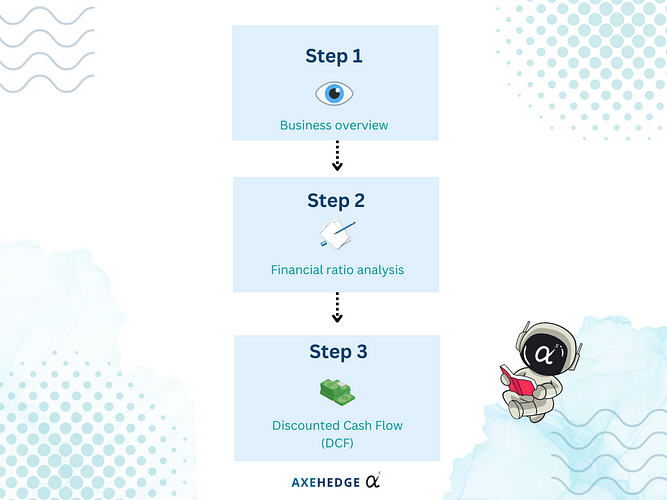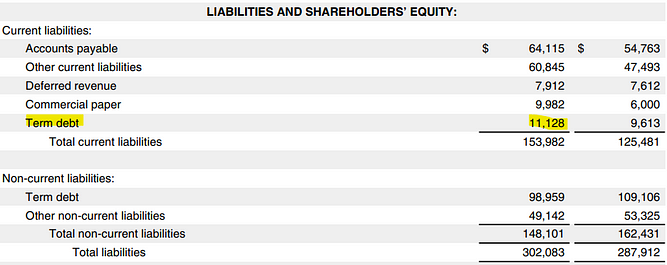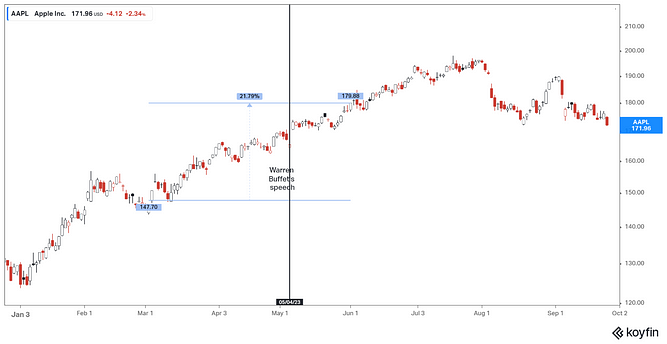The second triangle: the Descending Triangle
Read MoreThis article is a part of our series on how to choose your stocks for investment using fundamental analysis. We are at the last part of Discounted Cash Flow (DCF) where we will now look into how to use what we have learned so far and calculate the fair share price of a stock — or simply, how to know if the share price is a good buy or not.
Just a quick recap on the overall steps needed to see if a stock is worthy of investment, the first step is to look at the business overview to get a first glance at how the business is doing generally. If they pass the test, move to the next step and apply financial ratio analysis on these stocks to see if it supports your initial findings. If this step is passed, move on to the last step, which is to look at Discounted Cash Flow (DCF) to see if the price that you’ll buy it at is worth it or not.










